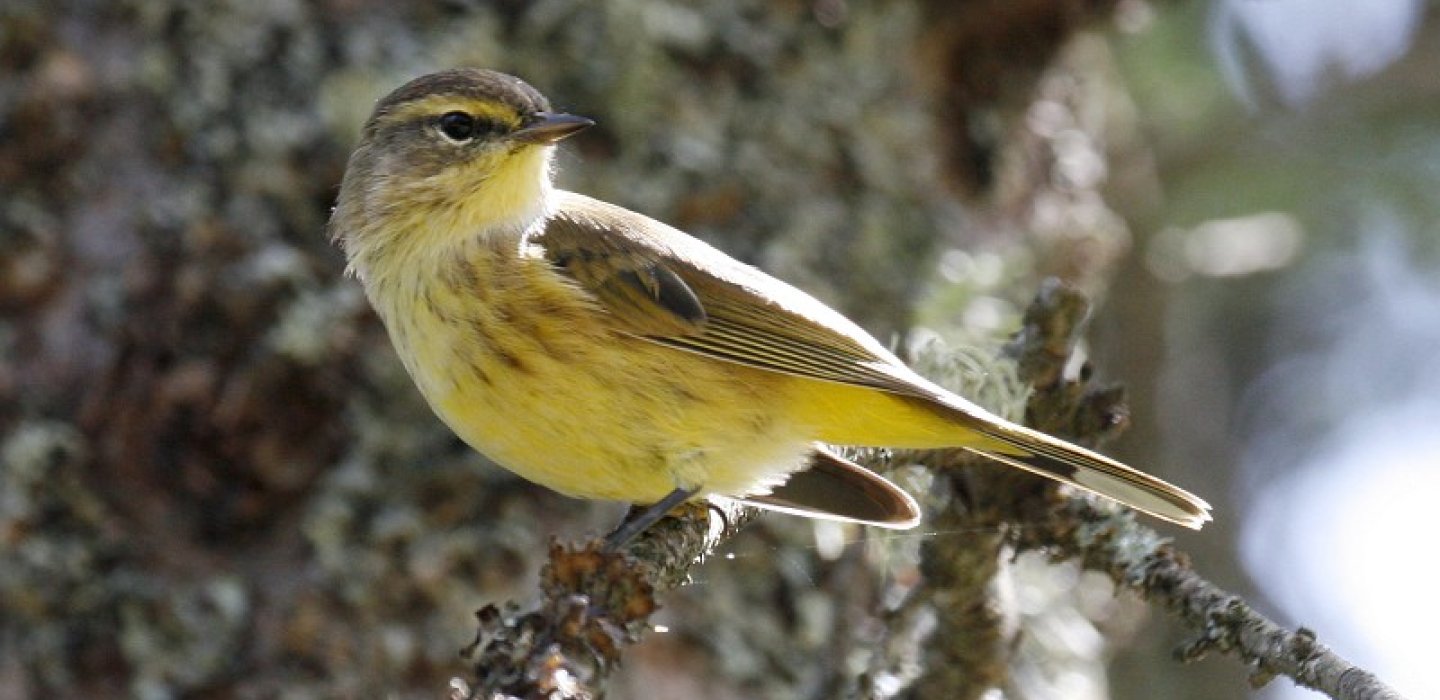
Another year of the GABC
The Madawaska trip is always one of the favorites for the Paul Smith's VIC Great Adirondack Birding Celebration (GABC) participants. This year, the day after our first trip, I was back out there with another contingent of folks. We began by looking for the Common Loon which we had seen the day before along Keese Mills Road, but found it replaced by a female Common Merganser and an American Black Duck, both of which posed quietly for the onlookers. We also kicked off our list of warblers, starting with Pine, Yellow-rumped, Common Yellowthroat, and Northern Parula.
Great birding along the road
Then we progressed along the road, stopping at various pull-offs as we went. In this way, we enjoyed great looks at Blackburnian, Chestnut-sided, and Black-throated Blue Warblers, as well as American Redstart, and we were soon adding the likes of Blue-head Vireo, Broad-winged Hawk, Turkey Vulture, Pileated Woodpecker, Least Flycatcher, Winter Wren, Yellow-bellied Sapsucker, and Great Crested Flycatcher to the mix. As I always do, I made a stop at the crossing of the St. Regis River where we found Alder Flycather, Pine Warbler, Eastern Phoebe, Song Sparrow, Common Grackle, and others.

We continued on, checking out the junction with Blue Mountain Road where the feeders at the gatehouse always attract Ruby-throated Hummingbirds. We also added Barn and Tree Swallows, as well as a few Chimney Swifts. Not far beyond the junction, we reached boreal habitat - some of the best in the entire complex - and we walked the road for a while in search of conifer-loving species, spotting Nashville, Magnolia, and Canada Warblers, as well as Northern Waterthrush, Golden-crowned Kinglet, Red-breasted Nuthatch and Yellow-bellied Flycatcher. We also got much better views of a singing Alder Flycatcher than we had previously - as the bird perched high on a snag in the wet, boggy habitat. A short time later, a family group of Gray Jays showed up and we watched them feed and chatter before we continued up the road.

A hike through boreal forest
We finally made it to Indian Rock Parking Area where we donned our packs for a short hike toward the pond. We were not planning on going the entire way to the pond, but set out to poke around along the boreal habitats of the trail. In doing so we found many of the same species we had encountered previously, earning a few additional looks at some of them, and adding species like Ruby-crowned Kinglet and Swainson's Thrush - it's beautiful song rising - to our list.
The buzzy trill of a Palm Warbler was nice to hear and the bird soon perched in view to the admiration of all. We also took time to admire the flowers of bog plants like sheep laurel, bog rosemary, and leatherleaf - all of which bloomed splendidly beneath.

The hope of many of the participants was to see the Spruce Grouse which we had found on the prior day's trip, but we found only evidence of the bird - his dust bowls marking his preference for a certain stretch of trail. Despite missing the bird, the thought that he was likely nearby was exciting - perhaps he was watching us from some hidden perch in the balsam.
A short distance further along the trail we heard the drum of a woodpecker which sounded like it could be that of a Black-backed - it is always wise to search for any woodpecker you hear drumming in boreal habitat anyway. We stopped and listened and after a long period of silence, it drummed again.
Then it sounded as if there might be a second bird, more distant than the first. We looked for an angle to view into the woods, and one of the participants spotted a bird on the top of a snag beyond the line of conifers which guarded the edge of the forest along the trail.
Sure enough, it was a male Black-backed Woodpecker. The bird sat near the top of the tree, feeding and occasionally drumming and everyone savored the bird - happy with its cooperative nature. It was fair consolation for missing the Spruce Grouse.

We eventually turned around to the tune of persistently singing warblers and retraced our steps to the parking area. We then began the long drive back to the Paul Smith's College VIC, delayed by a few more brief stops as we went. We found better than 60 species on the morning, including 16 species of warblers - a good day to be out with or without a Spruce Grouse.
Summer is a great time to go birding in the Adirondacks and North Country. Check out our outdoor recreation, lodging, and dining pages today to plan your adventure!

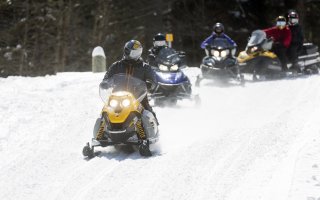
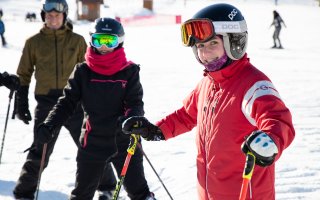
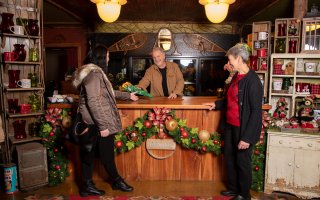

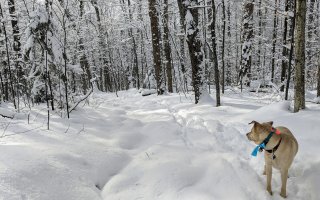
Comments
Add new comment